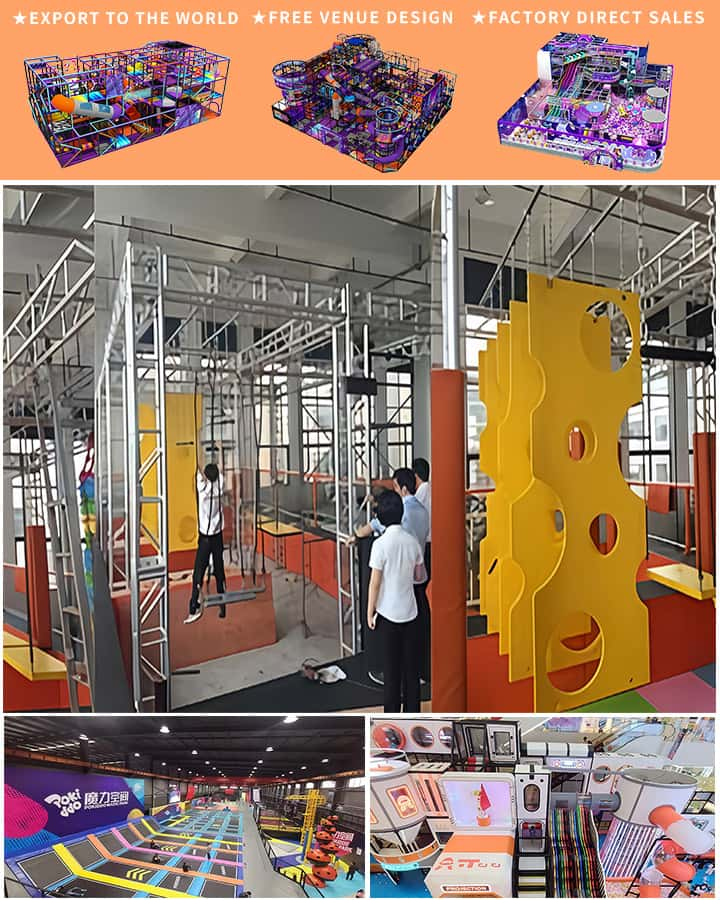Creating an outdoor playground that caters specifically to older kids can be a rewarding and enjoyable experience. With the right mix of equipment, safety measures, and creativity, you can design a space that not only entertains but also promotes physical activity, social interaction, and overall well-being. Here’s your ultimate guide to crafting the perfect outdoor playground tailored for older children.
Planning the Perfect Playground
Identify the Space
First things first: identify the available space where the playground will be set up. Whether it’s in a backyard, community park, or schoolyard, understanding the dimensions and layout is crucial. Ensure there is enough room for various play structures without overcrowding the area.
Safety First
Safety is paramount when designing an outdoor playground for older kids. Make sure the area is free from potential hazards like sharp objects, uneven surfaces, and low-hanging branches. Install soft flooring materials such as rubber mats or wood chips to cushion falls. All equipment should comply with local safety standards and guidelines.
Choosing the Right Equipment
Older kids are likely to be more adventurous and physically capable than their younger counterparts, so select equipment that challenges them appropriately while still being age-appropriate. Consider incorporating the following elements into your playground design:
Climbing Walls and Rope Ladders
Climbing walls and rope ladders provide an excellent way for older kids to engage in physical exercise and develop coordination skills. These structures come in various sizes and difficulty levels, making it easy to find one that suits your needs.

Zig-Zag Climbing Domes
For an extra challenge, consider adding a zig-zag climbing dome. These structures offer multiple entry and exit points, encouraging kids to strategize their routes and improve problem-solving skills.
Ninja Warrior Courses
Inspired by popular TV shows, ninja warrior courses feature obstacles like balance beams, swinging rings, and warped walls. These courses promote agility, strength, and endurance, all while providing hours of fun.
Basketball Hoops and Soccer Goals
Incorporate sports elements like basketball hoops and soccer goals for some friendly competition and team-building activities. These additions encourage physical fitness and cooperative play.
Swings and Seesaws
Don’t forget classics like swings and seesaws! These timeless pieces of playground equipment never go out of style and offer simple yet effective ways for kids to enjoy themselves.
Incorporating Educational Elements
While fun is the primary goal, why not integrate some educational components into your playground? Here are a few ideas:
Nature Trails
Create small nature trails around the playground with signs that educate children about local flora and fauna. This encourages curiosity and a love for the natural world.
Interactive Science Stations
Set up stations with hands-on science experiments related to physics, chemistry, or biology. For example, have a station where kids can build simple machines or another where they can explore plant growth patterns.
Math Maze
Design a maze on the ground using numbers and math problems. Kids can navigate through the maze by solving equations, making learning fun and interactive.
Creative Arts Corner
Include an arts corner equipped with chalkboards, paints, and other craft supplies. This allows children to express their creativity while taking a break from more physically demanding activities.
Community Involvement
Engage the local community in creating the playground. Organize volunteer days where parents, teachers, and older kids can contribute to building and maintaining the space. This fosters a sense of ownership and pride among those who use the playground regularly.
Maintenance and Upkeep
Finally, regular maintenance is essential to keep the playground safe and enjoyable. Schedule periodic inspections to check for wear and tear, and promptly repair any damaged equipment. Encourage users to report any issues they encounter so they can be addressed quickly.
Conclusion
Building an outdoor playground for older kids requires careful planning, a focus on safety, and a touch of creativity. By choosing the right equipment, incorporating educational elements, involving the community, and maintaining the space, you can create a dynamic environment where children thrive both physically and mentally. So gather your tools, rally your community, and get ready to build the ultimate outdoor playground that kids will love!




